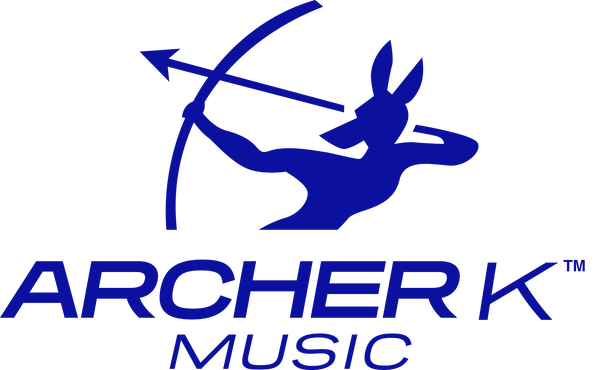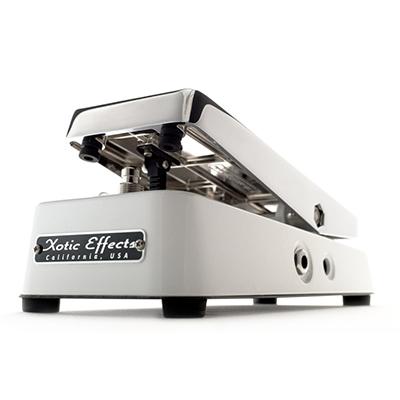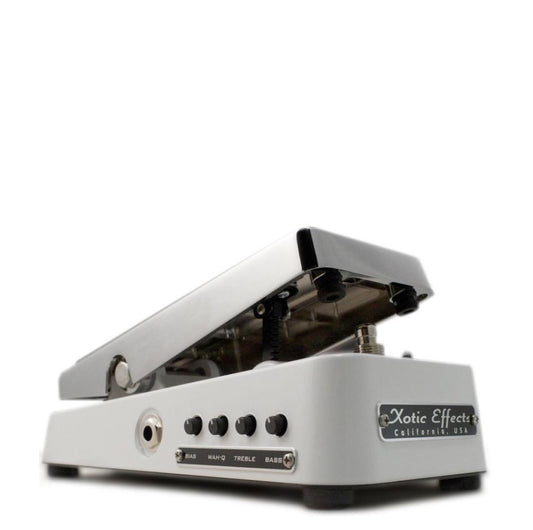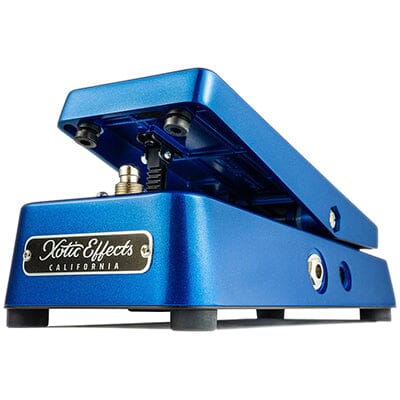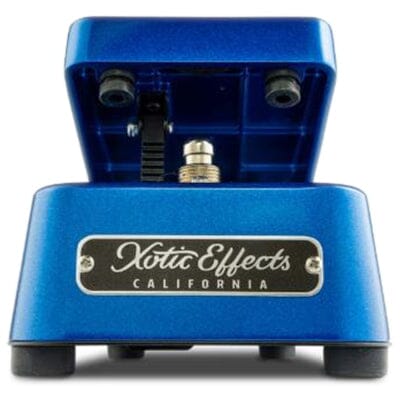Guitar Wah pedals produce unique and distinct sounds that produce that distinctive “wah-wah” sound! They accomplish this by manipulating the guitar signal’s frequency response. Guitarists commonly use this pedal when playing blues, rock, funk and other music genres.
When in use, Wah pedals are exciting and tend to put a smile on the audiences face. You’ll see the guitarist rocking back and forth on the pedal with their foot. This isn’t just for show and tell. It creates an effect that sweeps a bandpass filter across the frequency spectrum. Pushing forward on the pedal in a toe-down position boosts higher frequencies and creates a sharp, bright sound. Pushing back on the pedal in a heel-down position adds more emphasis on the lower frequencies and creates a darker and warmer tone.
What Does a Guitar Wah Pedal Do?
The key characteristics of Wah pedals include expressive tonal changes that create a dynamic, voice-like effect by altering the tone of the guitar in real-time. The sweep range is different on every wah pedal and varies depending on the pedal itself.
The essential controls and parameters of wah pedals include:
- Foot Pedal
- Sweep Range
- Q or Resonance
- Boost/Gain
- Frequency Selector
- True Bypass vs. Buffered Bypass
- LED indicator
- Expression Control (Optional)
- Tone/EQ Controls (Some Models)
- Output Level/Volume (Some Models)
Different kinds of available Wah pedals:
- Standard Wah Pedals
- Signature Wah Pedals
- Vintage Wah Pedals
- Multi-Mode Wah Pedals
- Mini Wah Pedals
- Bass Wah Pedals
- Custom/Modded Wah Pedals
Where Does a Wah Pedal Go in the Chain?
A few excellent options for placing your Wah pedal in the chain include:
- Near the Beginning of the Chain – Placing this pedal toward the beginning of the chain is the approach most traditionally used. The pedal can shape the tone before being altered by other effects like modulation, overdrive, and distortion.
- After Dynamics Effects – This pedal is perfect in this part of the chain. The dynamic effects will shape the input signal before being processed by the Wah, which produces an even and controlled response.
- Before Gain Pedals – Putting this pedal in front of fuzz, distortion or overdrive creates expressive and dynamic results. It adds a variability of tonal textures that form a distorted tone.
- Before Modulation Effects – If you have modulation effect pedals like flanger, phaser, and chorus, you may want to put your wah pedal in front of them. Doing so will add distinct, changing tonal characteristics to the modulated sound.
How to Choose a Guitar Wah Pedal
Consider the following factors:
- Sweep Range
- Sound Quality
- Build Quality
- Controls – i.e. Q adjustments or frequency range selections
- Pedal Size
- Brand Reputation
- Switch Type
- Budget
The guitar Wah pedals are likely a great choice if they meet your requirements in every area mentioned above.
